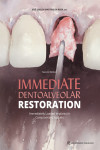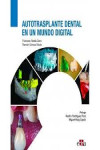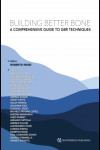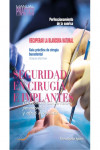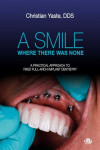SURGICAL DESIGN FOR DENTAL RECONSTRUCTION WITH IMPLANTS: A NEW PARADIGM
Chin, Martin
Datos técnicos
- ISBN 9780867156843
- Año Edición 2015
- Páginas 700
- Encuadernación Tapa Dura
- Idioma Inglés
Sinopsis
This book presents a novel strategy to improve the outcome of maxillofacial reconstruction by combining evolving principles of neurophysiology and tissue engineering with an integrated surgical and laboratory technique. The objective of this book is to bridge the gap between the routine practice of maxillofacial surgery and theoretical laboratory science. The early chapters set down clear, specific treatment-planning principles that should be considered in every surgical design to optimize healing. Subsequent chapters detail the laboratory and surgical techniques that make precise skeletal movements predictable. This methodology is validated with comprehensively illustrated clinical examples, including long-term follow-up. This integrated approach to reconstructive therapy offers the potential to solve clinical problems that are known to be resistant to conventional treatments. Guided by this book, the reader will be able to exploit emerging biotechnical discoveries to establish a working model that can be applied to real problems affecting real patients.
Índice
• Surgical Design Using Embryologic Processes
• Osseointegration Within the Functional Matrix
• Engineering Environments for Simultaneous Bone Growth and Osseointegration
• Using BMP to Generate Bone
• Using Developing Teeth to Generate Bone
• Using Osteotomies to Generate Bone in Defects of Local Origin
• Using Osteotomies to Generate Bone in Patients with Systemic Disorders
• Designing Bone-Forming Constructs for Major Skeletal Reconstruction
• Controlling the Accuracy of Osteotomy Fragment Repositioning
• Comparing Mechanical and Virtual Surgical Planning
Otros libros que te pueden interesar
- ¿Quiénes somos?
- Gastos de envío
- Política de privacidad
- Políticas de devolución y anulación
- Condiciones Generales de contratación
- Contacto
2025 © Vuestros Libros Siglo XXI | Desarrollo Web Factor Ideas






